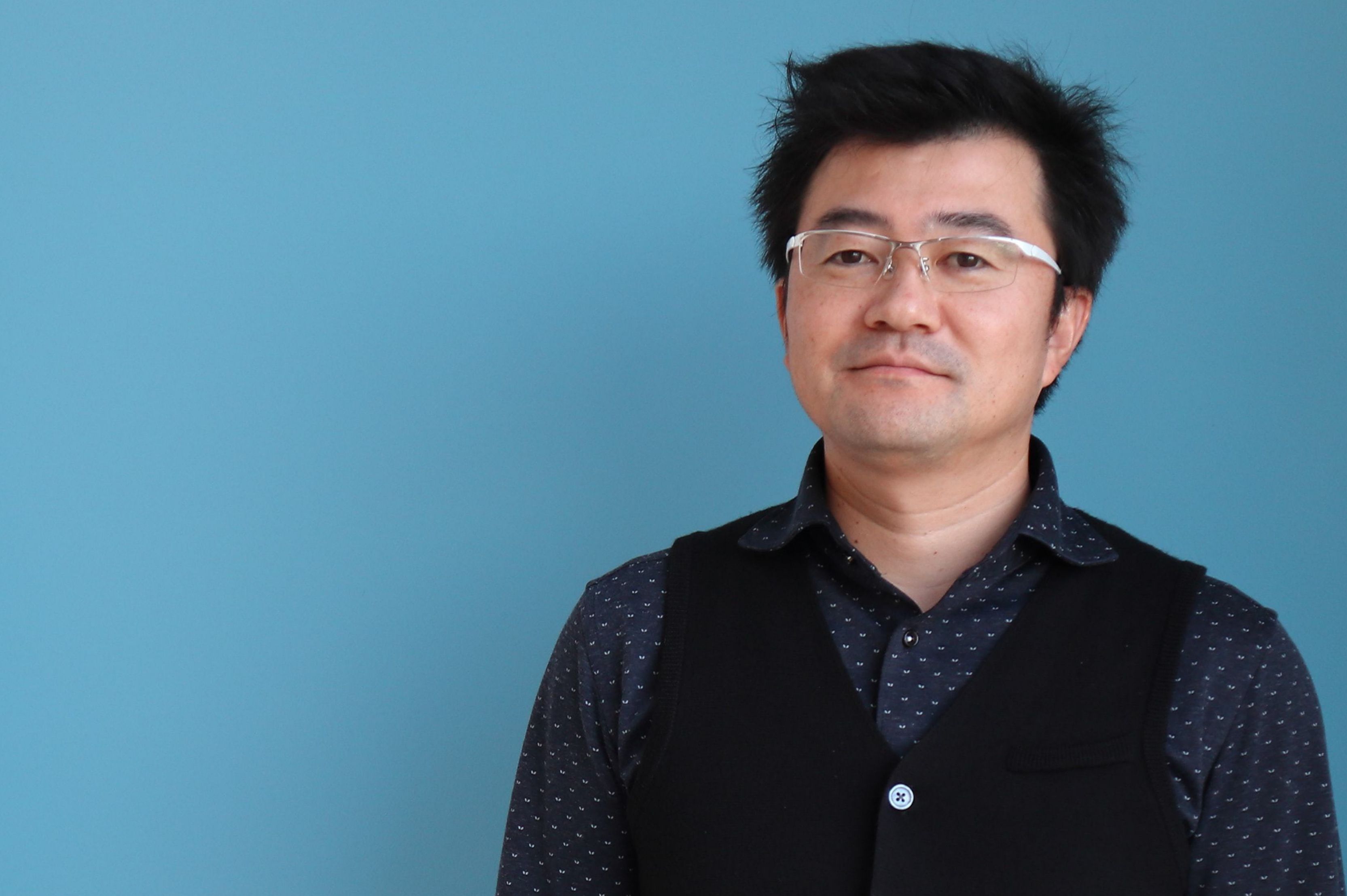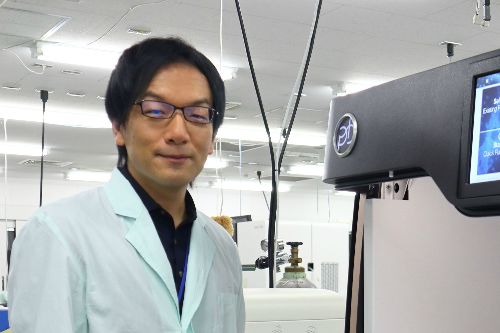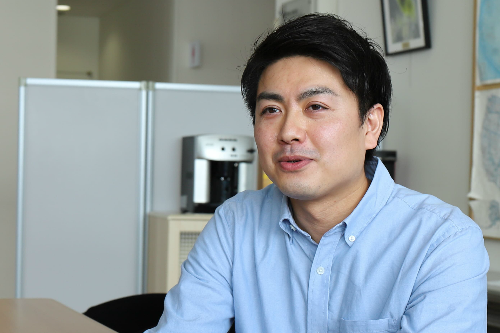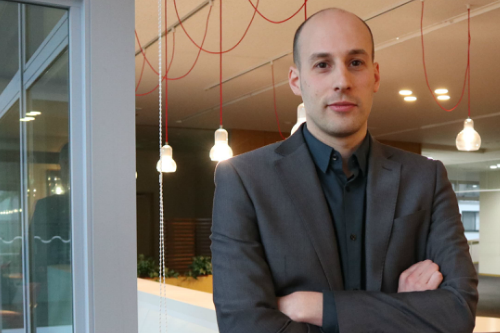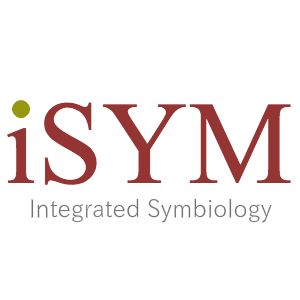iSYM People 5...
I want to create a highly accurate platform in which everyone can access it and refer the source of reads I metagenome.
Dr. Sachiko Masuda
Plant Immunity Research Group, RIKEN Center for Sustainable Resource Science
━━━Please describe your current research.
I currently work on the metagenomic analysis of plant microbiome. I would like to know what kinds of microorganisms live in plants and what types of genes they have, and lastly, what kinds of biological and ecological roles they play in there.
━━━How did you become interested in your current research fields?
Previously, I researched the metabolism and molecular mechanism of symbiosis in the root-nodulating bacteria. As I researched, I noticed that there are many other kinds of microorganisms in plants, and their composition and gene function are mostly unclear at this stage. Also, we do not know how those microbes establish the symbiosis with the plants. Rhizobia and legumes build a win-win symbiotic relationship by exchanging the chemical compounds. However, that conversation is not found in the other microbes-plant relationship. Besides, each microorganism forms a flora. They perform as flora and establish the relationship with plant on the whole. What do they do? That question leads to my current research topic, plant microbiome.
━━━What do you get from the metagenome analysis?
There are numerous kinds of plant microorganisms, and their functions are mostly unknown. Also, only 1% of bacteria in natural environments can be isolated. Rest 99% of them are not isolable, so we have no means to obtain their genomic information. But the metagenomic analysis overcomes it by introducing new techniques. It allows us to get nonisolable bacterial genome information. That information is a valuable resource to understand microbial ecology and function as microbial flora.
━━━How do you proceed with the analysis?
We isolate plant microbiome from plant materials and extract DNA then sequence it. This technique does not include conventional isolation methods, and so this is a powerful technique to get the genomic data of nonisolable bacteria. Now we try to establish the bioinformatics step such as assembly and gene annotation step.
In the middle of the summer of 2018, I went to an agricultural field for a sampling of rice for a couple of months. I thought that the sampling experience was as brutal as boot camp: hot temperature, harsh sunlight, never-ending repetitive jobs. One day my lab members came to the field for helping my sampling, but it seemed like only Ken (plant immunity RG, group leader) enjoyed it. Other members were exhausted.
One point to be improved about that rice sampling was to get more bacterial DNA efficiently from less amount of rice samples. How to increase the efficiency of DNA extraction, that is my one of the current tasks. And when I find the method, I can analyze more samples. It gives us more insight into the plant-microbiome, such as host specificity. Plus, do not have to go tiring sampling anymore.
━━━ What is the coolest thing about your work/research?
The coolest thing is that I use the latest sequencing technology long-read sequence for the analysis of metagenome. The metagenome analysis had been done before, and we obtained a lot of useful data from the study. However, we hit a wall. Those metagenome research gave us only short DNA fragments. Therefore, we had no idea what part of genes they were because the pieces were too short to get a clue.
But my current research can obtain long DNA sequences by using the latest sequencing machine so we can easily find the correct genes from the sequences we got. And if we are lucky, we even can spot which part of the genome and what kind of bacteria genome. I look forward to the encounter of unidentified genome information someday!
━━━What do you want to achieve with your researh?
First, I want to know what kinds of bacteria live in plants and what types of genes they have. Also, I want to reveal the microbiome physiology, behavioral role, the molecular mechanism of symbiology, and function as microbiome from their gene information.
And I would like to make a genome map of plant symbiotic bacteria. I want to create a highly accurate platform in which everyone can access it and refer the source of reads I metagenome.
━━━What made you decide to become a scientist?
The thrill of new results. I liked doing experiments, and I was very excited the moment I found new results. It is great excitement to find discoveries for me.

━━━ Thank you very much for your time, Sachiko!
Thank you for reading the article.
We will keep posting iSYM People Interviews. So please keep updated!
Dr. Sachiko Masuda
Dr. Shigehiro Kuraku
Dr. Taichi Umeyama
"Our work will contribute to uncover the mutualistic relationship and interaction between us humans and symbiotic bacteria"


